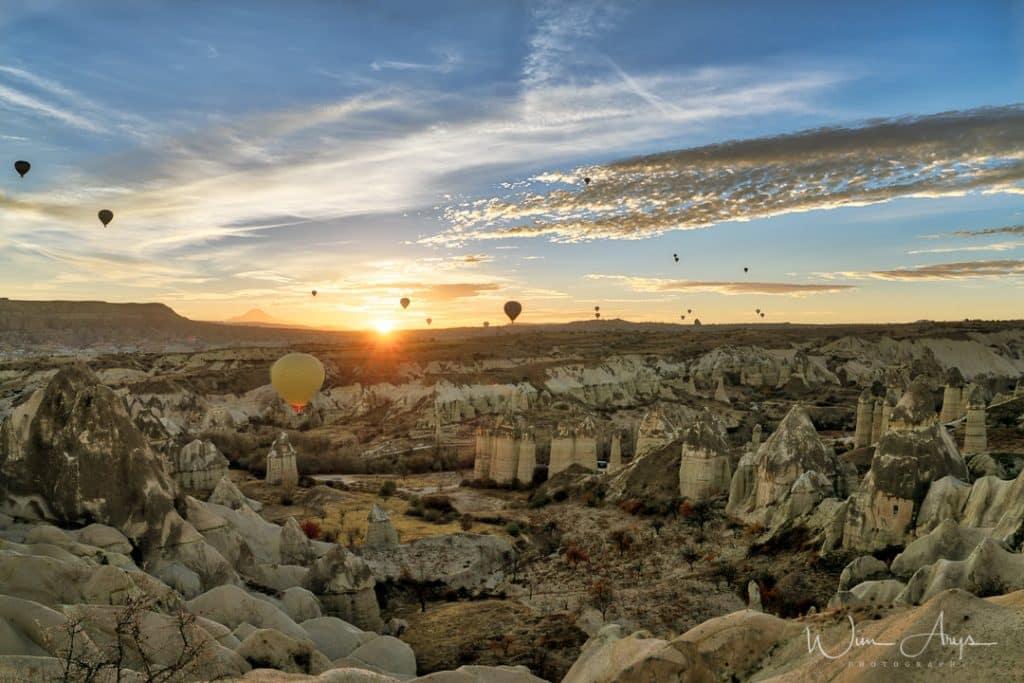Wim Arys Photography and AI: Unraveling the Perfect Fusion
Photography has always been a fascinating and intricate form of art, and technology advancements have only increased its appeal. Among these advancements, the influence of AI or artificial intelligence cannot be underestimated. As a result, how photographers like Wim Arys approach their craft has become essential. This article will explore Wim Arys Photography and its intersection with AI, delving into the perfect fusion between artistry and technology.
Table of Contents
History of AI in Photography
AI has been gradually seeping into the photography industry for several years now. From the development of facial recognition technology to the emergence of intelligent algorithms capable of enhancing photo quality, AI has come a long way in helping photographers create more visually captivating images. Let’s briefly look through the history of AI in photography:
- 1970s: Introduction of digital image processing
- 1990s: Development of basic computer vision and facial recognition technologies
- 2000s and 2010s: Rapid advancement in AI algorithms and machine learning techniques, leading to widespread integration of AI in digital cameras and editing software
Advantages of AI for Photographers
The incorporation of AI in photography benefits both amateur and professional photographers. From simplifying the editing process to offering enhanced camera capabilities, AI opens up new possibilities in the photography domain. Below are some of the most significant benefits:
- Quicker and more effective photo editing, facilitated by AI-powered software like Adobe Lightroom and Photoshop
- Improved image resolution and noise reduction, thanks to machine learning algorithms
- Increased autofocus speeds, producing sharper images
- Better object recognition, allowing cameras to automatically select optimal settings for various subjects and scenes
AI Applications in Different Fields of Photography
AI is becoming more prevalent in various aspects of photography, including:
Portrait and Fashion Photography
AI simplifies the process of selecting the best shots from numerous taken during photoshoots, saving time and ensuring superior quality. Furthermore, AI-powered editing tools help to make finer adjustments to complexions, body shapes, and lighting, ultimately yielding more refined results.
Wildlife and Nature Photography
In wildlife photography, AI-enabled cameras assist in predicting animal behavior and improve autofocus speed, ensuring that photographers never miss the perfect shot. Additionally, AI-driven smart algorithms can detect patterns and structures in landscapes, helping photographers to compose stunning scenes in nature photography.
Sports and Action Photography
AI plays a crucial role in capturing fast-paced events, such as sports matches or action scenes. With the support of AI algorithms, cameras boast better motion tracking and autofocus capabilities, facilitating the quick and accurate capturing of high-speed moments in vivid detail.
Wim Arys and AI Integration in Photography
As a celebrated portrait and landscape photographer, Wim Arys has been consistently leveraging AI technology to elevate his imagery. Some notable ways in which he employs AI include:
- Using AI-driven autofocusing systems to ensure every photo achieves optimal sharpness and clarity
- Applying machine learning algorithms in post-processing to boost image quality, enhance colors, and fine-tune details
- Staying informed about AI innovations in the photography industry so as to incorporate the latest technology into his work
Wim Arys Photography frequently shares tutorials, reviews, and tips on its website, enabling fellow photographers and enthusiasts to harness the power of AI in their own creative pursuits.
Limitations and Concerns Surrounding AI in Photography
Despite its numerous advantages, AI in photography is not without limitations and concerns:
- Over-reliance on AI could potentially diminish human ingenuity and creativity in photography
- Some photographers argue that AI-generated images lack authenticity and originality, as they may be created through the manipulation or merging of existing photos
- AI-generated images may raise ethical and privacy concerns, particularly in contexts involving deepfakes or unauthorized use of a person’s likeness
The Future of AI in Photography: What to Expect
AI is here to stay, and its impact on the photography industry will likely continue to grow. As cutting-edge technologies develop further, photographers such as Wim Arys can anticipate exciting innovations:
- Smart cameras with even more advanced AI capabilities, making it easier to capture professional-quality photographs
- New AI-generated art forms, such as virtual reality or holography, offering photographers novel avenues for creative expression
- Intensified debates surrounding the ethics and legality of AI-generated images, potentially resulting in new laws and regulations
For now, Wim Arys and other photographers can take advantage of AI’s numerous benefits while remaining vigilant about the potential risks and ethical implications. Ultimately, achieving a perfect fusion between photography and AI may lead to a renaissance of photographic artistry, with Wim Arys Photography remaining ahead of the curve.



